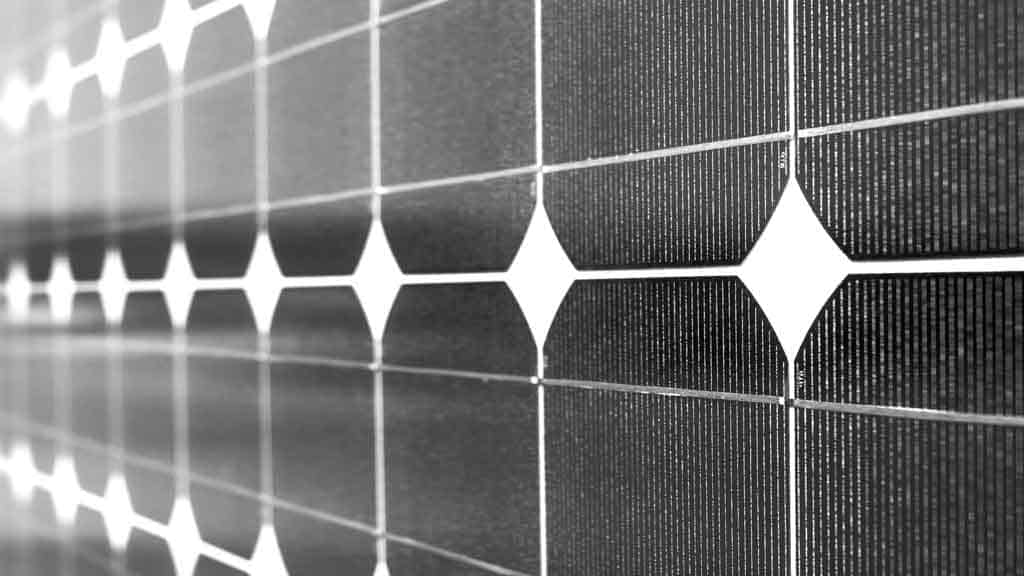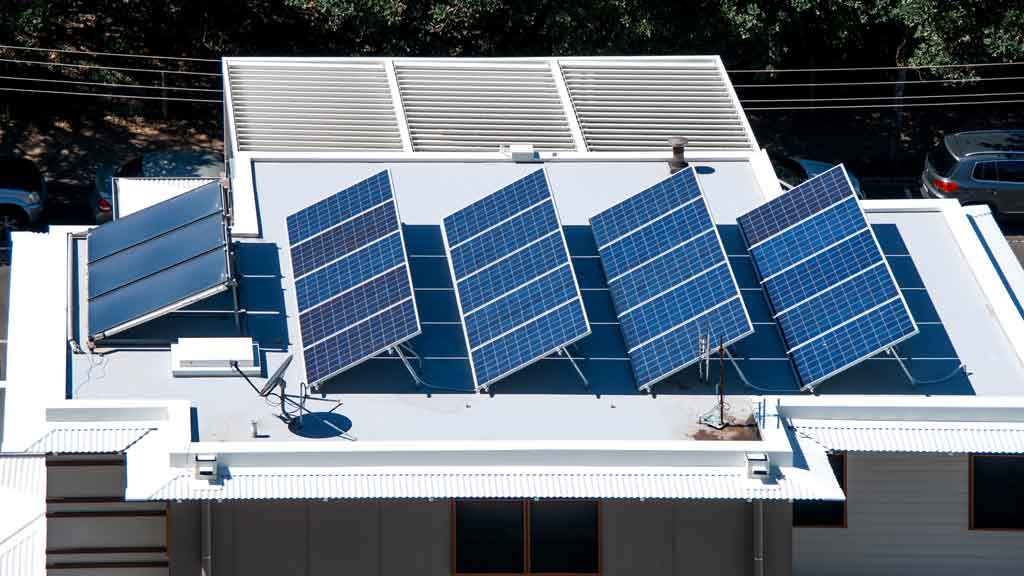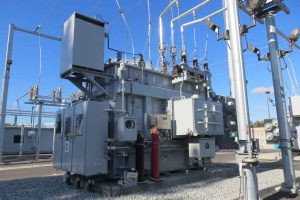You may want to invest in a more extensive system to maximize your energy savings. However, they will also generate more electricity, saving you money in the long run.
Average cost of home solar installation is a significant investment, but they can save money on your monthly electric bill. If you live in an area with ample sun exposure, installing solar panels could be a great way to save money and reduce your carbon footprint.
Solar energy is on the rise. Every 60 seconds, another home or business installs solar panels. Many people are doing it for excellent reasons: solar is cost-effective, clean, and renewable—and most importantly, it helps reduce your carbon footprint. But how does one get a rooftop average home solar installation cost? And how much does it cost?
Everything you need to know about having a rooftop solar system installed on your home or business. What installation works best for different kinds of homes (including single-family homes and multi-family buildings) to financing options that could save you money over time (like leases and power purchase agreements)?
You’ll know what works for your budget and how much you can save over the next 20 years. It also covers some of the advantages and disadvantages of these various financing methods.
You’ll know what works for your budget and how much you can save over the next 20 years. It also covers some of the advantages and disadvantages of these various financing methods.
How Much Does the Average Solar Installation Cost?
The average cost of home solar installation is $10,000 to $20,000. While the price varies from state to state and home to home, it’s essential to understand that several factors come into play when determining how much your solar panel installation will cost.

Factor is your energy usage. The more electricity you use, the more expensive it will be to install solar panels on your house. If you live in an area where electricity costs more than in other states, paying for the equipment needed for a complete system can also be expensive!
Factor is whether or not you’re eligible for any tax credits or rebates from local utilities. These credits could help offset costs associated with installing new technology, such as solar panels at home.
Factor is whether or not you’re in a location where solar power is more viable than in other states. If you live in a state with lots of sunshine and open lands, installing solar panels on your home is more accessible.
However, if you live in an area with limited space for building large structures, finding an affordable place for your solar panels may be challenging the average cost of home solar installation.
Solar Installation Will Vary Based On Your Location.
The total average cost of home solar installation will vary based on the following factors:
- Your location. The cost of solar panels is higher in southern states and lower in northern states. Desserts also tend to be more expensive than mountains or cities.
- How many solar panels do you buy or lease ? Buying your system means a higher initial price tag. Still, leasing one can cost you more over time due to maintenance fees and other hidden costs associated with ownership, like property taxes.
When you lease equipment, you don’t save money upfront; instead, your monthly payments help to pay off the cost of buying equipment outright over time, so if you’re looking for financial savings rather than environmental benefits alone, leasing isn’t an option.
- Whether or not there are incentives available for the average cost of home solar installation where to live that would help bring down the overall cost (such as tax credits). These will vary based on location but may help offset some initial expenses depending on how much space needs installing onto roofs/buildings, etcetera across town.
How much energy do your solar panels produce? The more points you can get out of them and the better quality of that energy, the less power you’ll need from other sources. It is a big one, as it will determine how quickly your investment pays off.
You might get by with a smaller system than planned if you live in an area where sunshine is abundant, or perhaps a larger one if there’s not much sunlight, but there are lots of wind turbines nearby.
You use a lot of energy. In addition, it is also essential because it will determine how quickly your investment pays off. Reducing your consumption with things like LED lights and energy-efficient appliances will make things much easier on your pocketbook in the long run
What Are The Two Main Types Of Solar Installations?
The two main types of solar installations are ground-mounted and roof-mounted.
- Ground-mounted systems are installed on your property and may include panels that cover the ground and sit on top of a structure. These installations are more expensive but may provide higher returns in areas with less sun or lower wind speeds.
- Roof-mounted systems are mounted on top of your house and can be visible from an exterior wall or roof surface (depending on the building’s design). They’re generally less expensive than their counterparts, but they require access to your roof to install them properly.
Discover Why Green Energy Is Important For Your Home
Learn about the benefits of solar energy and how it can save you money on your energy bill. Schedule a free consultation with us, and we’ll help you find the right solar system for your home.

Roof-mounted systems are often easier to install because they’re not as complicated and don’t require digging in the ground. They also tend to be less expensive but may provide lower returns if your property lies in an area with low wind speeds.
Average cost of home solar installation consists of solar cells, which are small devices that convert sunlight into electricity. They’re typically made from silicon wafers and can be mounted on rooftops or in ground-mounted installations. Solar panels can be installed on your property and may include boards that cover the ground and sit on top of a structure.
They’re generally the most expensive option and require a lot of space, but they provide the highest energy.
Metering Regulations By State.
Net metering is the practice of selling excess solar power back to the utility, and it’s a great way to make solar more affordable. It’s available in 43 states and the District of Columbia. However, this policy is not public by state law in Alaska, Hawaii, and Vermont.

Each state has its own net metering rules — which usually dictate how much you’ll receive for your excess energy — so it’s essential to check if yours offers net metering before deciding if going solar is right for you . Net metering policies may also change down the road; some states don’t even have them yet.
Net metering policies in your state can be a significant factor when deciding whether or not to go solar. It’s essential to understand how much money you’ll make from selling back your excess energy and how much it costs to install a solar system at your home.
The amount of money you can make by selling back your excess energy depends on state law, so it’s essential to check your state’s rules before deciding if going solar suits you. In most cases, net metering policies help encourage customers to install solar panels by offering them a credit on their utility bill for any extra energy they produce.
How Should You Finance A Solar Panel Installation?
If you’re trying to decide whether or not solar panels are worth the price, you might opt for a loan. But which option is best?
- You can get a loan and pay it back with interest. Typically, this is the most common method used by homeowners who want solar panels installed. The main advantage of this type of financing is that it allows them to pay off the installation cost over time while saving money on utility bills in the long run.
The downside, however, is that loans typically have interest rates as high as 12%. That means if someone chooses this option, they could end up paying hundreds or thousands more than what they bargained for depending on how much they borrow.
- Also available are no-money-down solar panel financing plans, which require homeowners to pay only after their system begins to generate energy-and then at a rate less than what their utility company charges.
This type of financing isn’t available everywhere. Nevertheless, these plans can help reduce the average cost of home solar installation associated with installing roofing materials like shingles or tiles if they fit within your budget and timeline since you won’t have to wait for contractors who require upfront payments.
There are also many different ways to save money on solar panel installation. You can get quotes from several companies and compare them to see which one offers the best deal on price, warranty coverage, and equipment quality. Some companies will even provide an incentive for signing up because they want to expand their customer base.
Federal Tax Credits For Rooftop Solar Installations.
The federal government offers a tax credit of 30% of your rooftop solar installation cost. The distinction is not a deduction; it lowers your total tax bill. The credit is available for residential and commercial buildings through 2022, so now’s the time to take advantage.
The most common financing option for solar installations is a power purchase agreement (PPA). Under this model, you pay an upfront cost to install solar panels on your roof. You then receive electricity from them at a reduced rate over time—usually about 15% less than what you currently pay for electricity from the grid.
If you live in an area with high electricity prices and want to go green without making any upfront capital investment, PPAs will usually be your best bet. You will likely be better off purchasing some if you prefer to own something rather than rent it or lease it indefinitely or if you want more control when those shiny new panels take off.
In this case, you’ll want to look into solar loans. When you pay off a solar loan over time with interest, you own the system outright, unlike PPAs, which typically take the form of long-term leases or power purchase agreements.
Therefore, if you change jobs or have unforeseen financial emergencies (or decide that you’d rather spend your money on something else), it’s much easier to walk away from a solar loan than a PPA agreement!
It’s important to note that solar loans are only available in certain states, so you’ll want to check this out before you apply. In addition, keep in mind that many lenders require a decent credit score and some down payment, although they’re usually pretty small.
The Average Home Solar Panel Installation
While the average cost of home solar installation of a residential solar panel installation is $6,000 to $7,000, other charges may be associated with the project. For example, if you want your installer to manage the permitting process for you if they need to build a new electrical box on your house.
Given these additional costs and how long it takes for solar panels to pay off in savings—about 20 years—the average home solar panel installation will save you time.
That said, if you live in an area with more expensive solar panels, the average installation cost of a residential solar panel will be higher.

For example, if you live in California, the average cost of home solar installation price is $10 per watt compared to $5 per watt elsewhere. So what does this mean? Unless you plan to stay in your house for at least 20 years, installing solar panels is probably not worth installing.
On the other hand, if you’re planning to stay put for several decades, solar panels could be a good investment—especially if you live in California, where the average price is higher.
Conclusion
The average cost of home solar installation can be pretty expensive, but there are many ways to finance it. Solar energy is a great way to save money on your electric bill and is also good for the environment. Getting multiple quotes is a good idea if you consider installing solar panels.
The average cost of home solar installation can vary depending on your home’s size, location, and company. However, with the right company and a little research, you can find an affordable option that will save you money in the long run.





